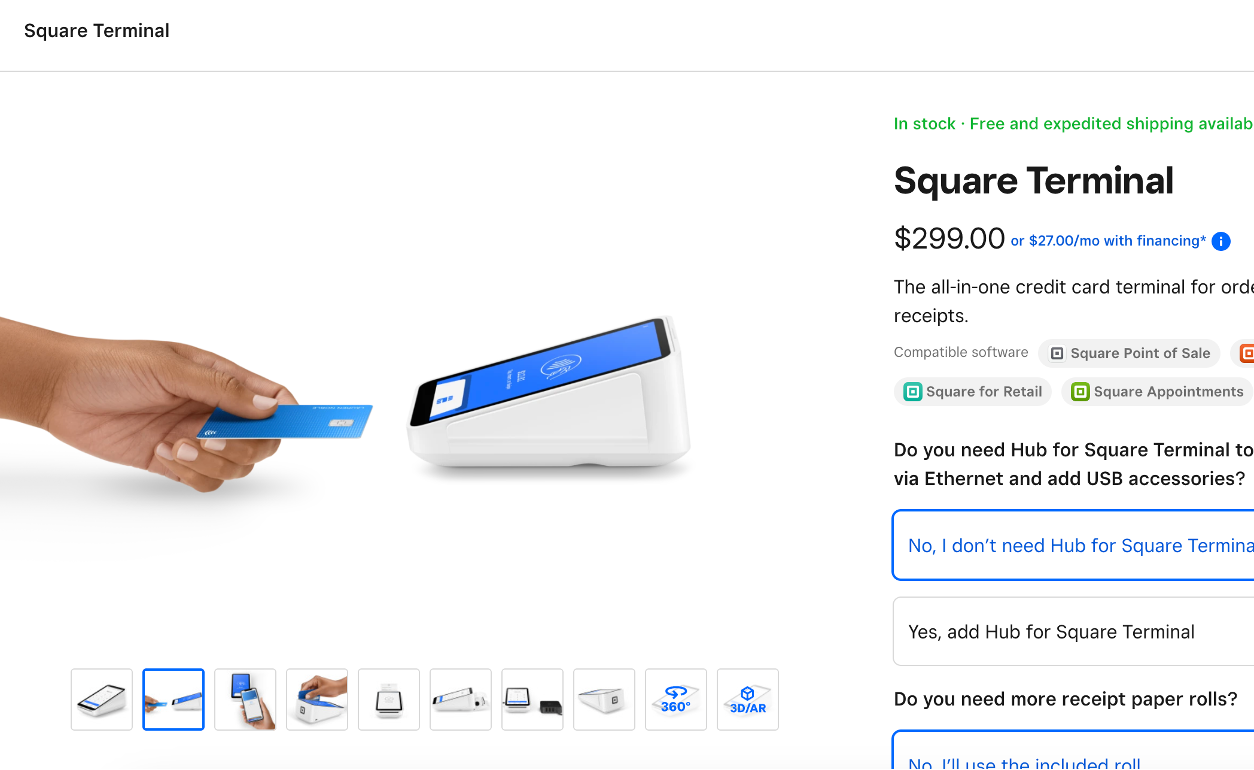The Alchemical Art of Conversion: Architecting Product Pages for Decisive Action
In the digital marketplace, a product page serves as the ultimate crucible where interest is transmuted into revenue. It is a dynamic intersection of psychology, technology, and persuasive design, and its efficacy is measured in a single, critical metric: the conversion rate. Crafting a page that consistently transforms casual browsers into committed buyers is an exercise in meticulous detail and strategic empathy. It requires moving beyond mere presentation to engineer an experience that anticipates user anxieties, validates their desires, and systematically dismantles the barriers to purchase. This report delves into the sophisticated strategies that underpin high-converting product pages, exploring the psychological levers, technical imperatives, and trust-building mechanisms that compel decisive action.
The Psychology of Persuasion: Engineering Desire and Confidence
At its core, a high-converting product page is a masterclass in applied consumer psychology, designed to guide the user’s cognitive and emotional journey. [1] It leverages established principles to build a compelling narrative where the customer is the hero and the product is their essential tool for transformation. [2] One of the most potent psychological triggers is the Endowment Effect, which posits that people ascribe more value to items they feel they own. [3] This can be fostered virtually through high-resolution, zoomable imagery from multiple angles, 360-degree views, and product videos that allow a user to mentally “handle” the item. [4][5] When a customer can visualize a product in their own life, a sense of ownership begins to form, making the prospect of not completing the purchase feel like a loss. Another key principle is reducing cognitive dissonance, or the “buyer’s doubt.” This is achieved by proactively addressing potential concerns within the product description and FAQ sections. [6] Furthermore, neuromarketing insights reveal the power of emotional triggers; using specific colors, fonts, and even “power words” like ‘revolutionary’ or ‘effortless’ can evoke desired feelings and shape perception. [7][8] By tapping into fundamental human drivers—such as the desire to solve a problem or attain a higher status—the product page shifts from a simple catalog entry to a persuasive argument that resonates on a subconscious level. [9][10]
The Unseen Foundation: Technical Excellence and Mobile Immediacy
While psychological tactics create the desire, technical performance ensures the path to purchase is frictionless. In the modern e-commerce landscape, speed is paramount. Collaborative research with Google has demonstrated a direct and dramatic correlation between page load time and conversion rates; a mere 0.1-second improvement can boost e-commerce conversions by 8.4%. [11] This is because slow-loading pages lead to user frustration and higher bounce rates—53% of mobile users will abandon a site if it takes longer than three seconds to load. [12] Optimizing for Google’s Core Web Vitals (CWV)—Largest Contentful Paint (LCP), Interaction to Next Paint (INP), and Cumulative Layout Shift (CLS)—is no longer a mere technical task but a critical business strategy. [13] A fast LCP ensures users see meaningful content quickly, a responsive INP means the page reacts instantly to user clicks, and a stable CLS prevents jarring layout shifts that can cause mis-clicks and erode trust. [14][15] This technical optimization is especially critical for mobile commerce, which now accounts for the majority of internet traffic. [16] A mobile-first design approach is essential, featuring a streamlined layout, thumb-friendly CTAs, and swipeable image galleries to create a seamless experience on smaller screens. [17][18] Every element, from compressed image formats like WebP to efficient caching strategies, contributes to a perception of reliability and professionalism, subtly reassuring the customer that they are dealing with a competent and trustworthy vendor. [17]
The Currency of Trust: Authenticity Through Social Proof and Transparency
In an anonymous digital environment, trust is the most valuable currency. Consumers actively seek validation for their purchasing decisions, and social proof is the most powerful tool for providing it. Displaying customer reviews and ratings is foundational, as research shows it can increase conversion rates by up to 270%. [19][20] The presence of reviews, even a handful of less-than-perfect ones, lends an authenticity that polished marketing copy cannot replicate. [21] The most potent form of social proof, however, is User-Generated Content (UGC). [22] Featuring customer photos and videos on product pages acts as a powerful, real-world endorsement. [23] According to Stackla, 79% of people say UGC highly impacts their purchasing decisions because it provides a genuine, unscripted look at the product in use, humanizing the brand and fostering a sense of community. [19][24] This trust is further solidified by radical transparency. This includes displaying clear and upfront information about shipping costs, delivery times, and return policies. [4] Unexpected costs at checkout are a primary driver of cart abandonment, so eliminating surprises builds confidence. A clear, customer-friendly return policy effectively reduces the perceived risk of the purchase, removing a significant psychological barrier and empowering the customer to click “Buy Now” with conviction. [3] By consistently testing these elements through A/B testing—from CTA button color to the placement of review snippets—businesses can scientifically refine their pages for maximum impact, ensuring every component is working in concert to build trust and drive conversion. [25][26]



